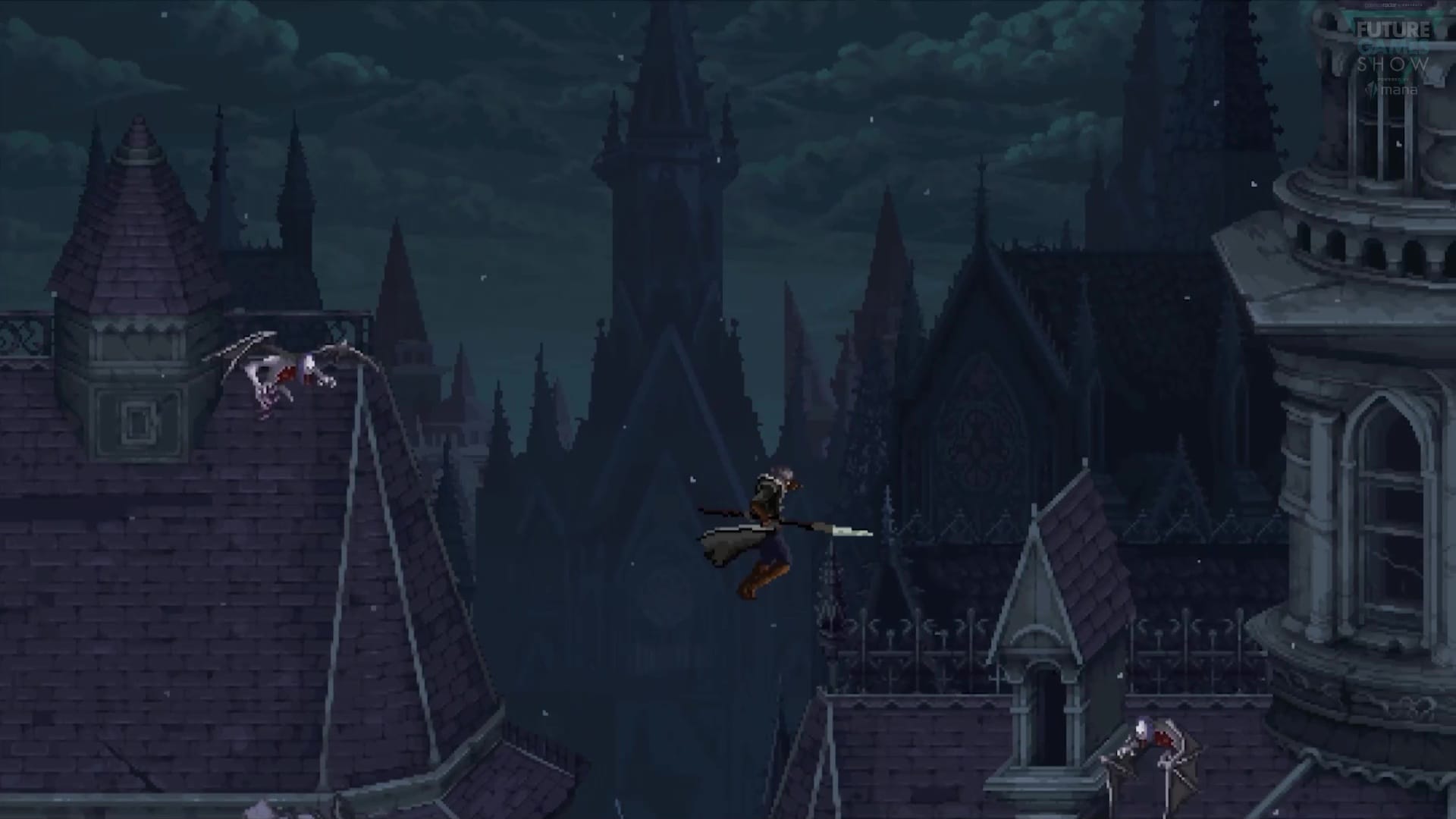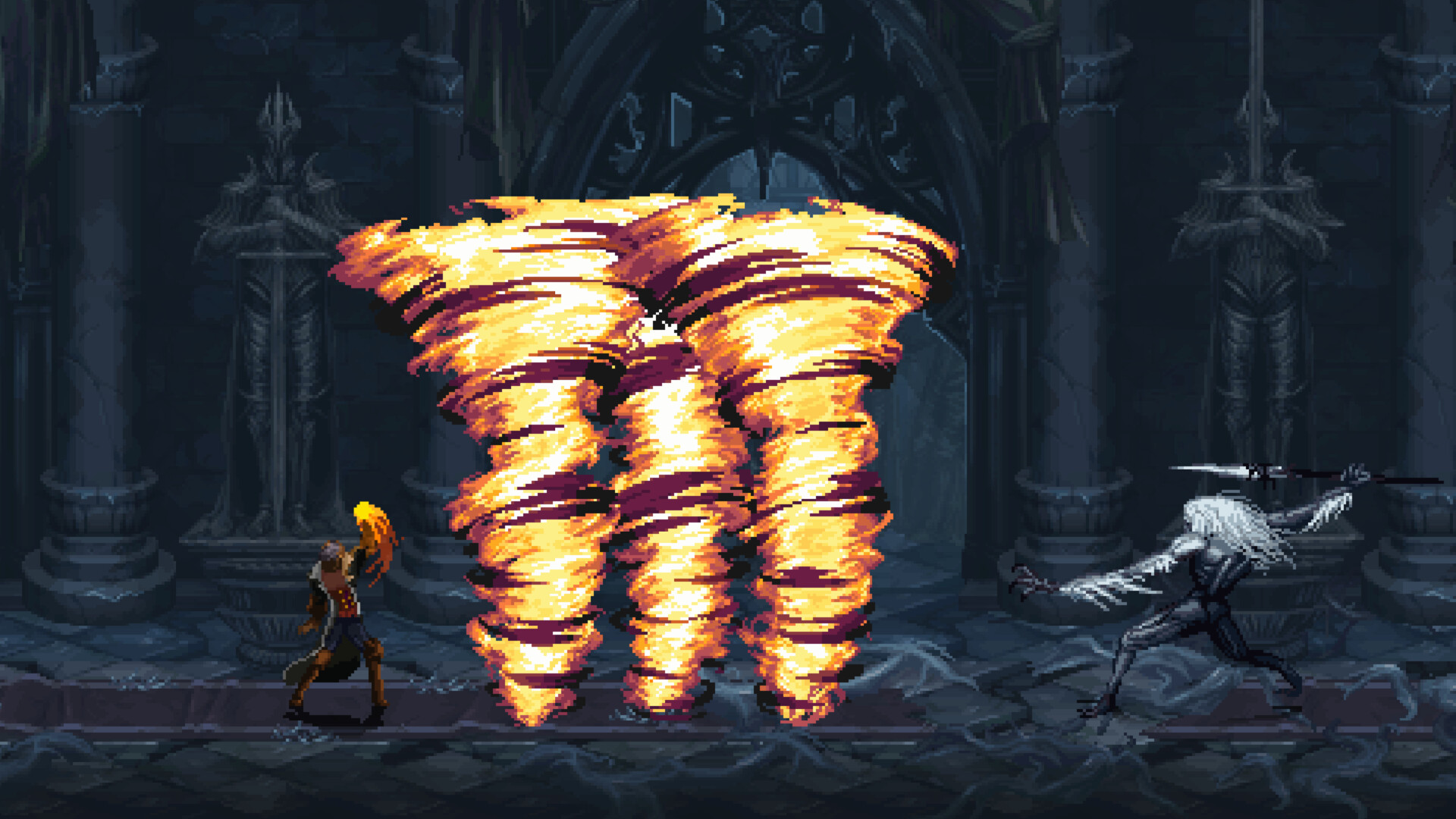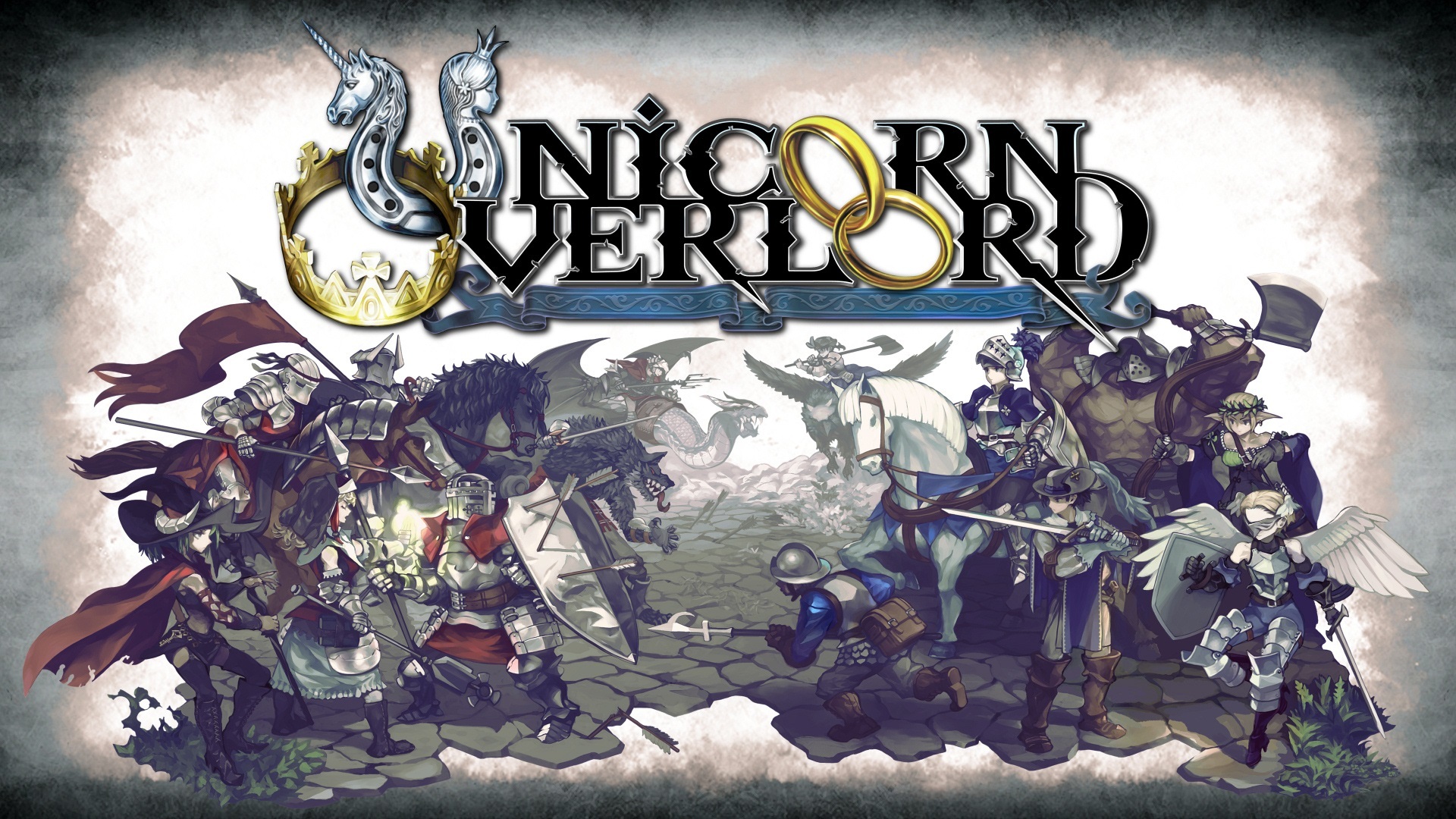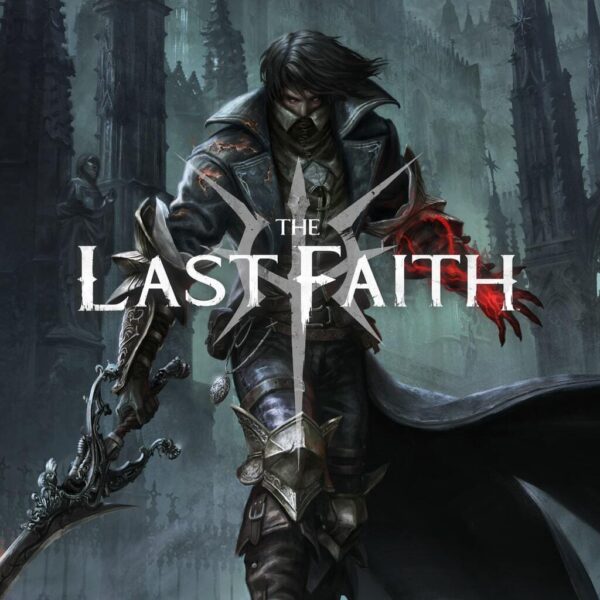
We log off from The World in .hack//Quarantine.
February 20, 2024
Batteries no longer needed. Three amazing games (and Dracula X) come together in the Castlevania Advance Collection.
February 29, 2024The Last Faith bleeds atmosphere, style, and issues that are hard to overlook.
The Last Faith was advertised as an unholy alliance of “Soulslike” and “Metroidvania.” Look at any screenshot or video, and it’s easy to see why. Taking it a step further, the game is constantly dubbed the “2D Bloodborne.” I’m a fan of most of all the above (love Bloodborne, love Castlevania, and kind of meh on Souls) so The Last Faith looked like it would be everything I could hope for in a game. I played it. I earned the platinum trophy. And I can say it was…there. It wasn’t groundbreaking. It wasn’t horrible. It’s a game that’s just there, filling up space and taking my time away from other games both good and bad. Don’t let my ambivalence towards it prevent you from trying it, though. Continue reading to see if it’s something worth your time to play a game in a very saturated sub-genre.
The Last Faith takes place in the gothic world of Illygarth. You play as an ex-prisoner named Eryk. Escaping his confines, he finds The Oxyneville Manor. It’s there he learns that he’s been afflicted by a curse, and the only way to remove it is to venture into the monster infested city of Mythringal. I think I captured the basics. The Last Faith does what a lot of other popular game are doing nowadays with storytelling: make the dialogue flowery and vague in hopes that the player can piece it together themselves. Candidly speaking, I am so over this Soulslike storytelling. Stuffy NPCs essentially double as puzzle pieces that you need to assemble. Additionally, there are notes, item descriptions, equipment descriptions, etc. Instead of said descriptions being interesting and supplemental materials, they act as more bits of intel that try to create a cohesive narrative. For such an atmospheric setting that exudes gothic horror, it’s a shame that you’ll have no idea what’s happening. Why is it so difficult to just tell me the story? Decent storytelling shouldn’t require seeking outside resources for a clearer picture, but The Last Faith is yet another game that does that.

Actually, let’s talk about Illygarth and its inhabitants AKA the look. This is The Last Faith’s best feature. The level of detail put in this bleak and grim world is to be commended. I love settings where the sun never shines upon the dilapidated churches, holy statutes, and stained glass. There are hidden caverns, abandoned villages, and old mess halls. The beasts range from experimentations gone wrong, to black-clad women pushing destructive baby carriages, to winged beasts with razor sharp talons. Then there are the bosses, which can take up the entire screen with their mass and are as terrifying as one would hope them to be. Once I finished clearing out any enemies in my way, I would often stop and stare at the amazing details in the foreground and background, which was often. I always appreciated excellent, 2D artwork and The Last Faith’s boosts the overall score up substantially. To add, the game featured a wonderful soundtrack equal parts haunting, somber, exciting, captivating, and dismal. The way the cellos and violins came together added to the atmosphere.
I mentioned that I would often stop and stare at the immaculate detail in every area once the enemies were cleared. Doing this brings me to the combat and exploration. For the most part, it’s standard 2D Metroidvania stuff. Eryk starts with the ability to slash, dodge, roll, jump…the usual. Overtime, he’ll get new abilities that let him access areas that were previously out of reach. These include the fan-favorite double jump and a neat ability to transform into a powerful beast. The real fun with The Last Faith comes with its massive variety of weapons and spells. Remember that Bloodborne comparison? It’s more apt than you think. Everyone that played Bloodborne found their favorite weapon. The same will happen in The Last Faith. Weapons can be enhanced with materials and have their own special attacks which require Focus.
For a while, I found myself using a whip that had great reach, fast strikes, low attack power and a special attack in which thorns rained upon enemy’s heads. Eventually, I settled on my favorite weapon: the Severance Reaper. The strikes were somewhat slower, but more powerful. Its special attack allowed Eryk to detach two blades from it and attack with lightning speed. It was the perfect blend. Eryk can equip two melee weapons and two long range weapons (guns or spells) at a time that can be swapped with the push of a button. There’s also healing items, powders that enhance attacks, bombs, and much more. The form of currency used for buying goods and boosting Eryk was Nycrux and was always in ample supply. I never had to “farm” to buy something that I wanted or keep up with Eyrk’s leveling.
Combat against non-boss enemies was a treat. It was always exciting entering a new room, discovering what treasures and enemies awaited, and disposing of the enemies in responsive, tight combat. And then…we had the bosses. Normally something fans (myself included) of Metroidvanias look forward to, bosses presented more problems in The Last Faith. It’s not because they were too hard. Sure, they were HP sponges, but I’m guessing that was done because the developers wanted to pad game length. The problem was that 70% of them required Eryk to attack in the air. Guns can’t be used while in the air. Spells can’t be used while in the air. Melee weapon combos can’t be used while in the air. Where does that leave Eryk?

Well, it leaves him with (usually) doing a constant dance of jump, attack, jump, attack, jump, attack. You’ll have to learn attack patterns and when to dodge, but otherwise, that’s literally what bosses amounted to. When I was attacking on the ground, the damage wasn’t as great and I’d often getting carried away with a combo. Inevitably, that left Eryk vulnerable since there’s no dodge-cancelling. Remember how I said there’s an arsenal of unique weapons available to Eryk? There’s a chance that your favorite weapon will be lacking in the damage department since its single, aerial attack won’t be capable of doing high damage compared to something heavy that scales with strength. I recommend doing some research on either the bosses, the weapons, or both before playing so you don’t commit to something that will leave you at a disadvantage.
Overly long boss battles and a story that refused to be clear might have been dealbreakers. But, I found myself always coming back for more due to the addictive Metroidvania nature and just to see what new, beautiful gothic horrors awaited. I collected everything and saw all the endings in 25 hours. A part of me was sad to see the journey end, but I think a bigger part of me was happy that it was over. I won’t be playing this again. That should tell you something for a game in a genre where replay-ability is high. The market for Souls-inspired games and Metroidvanias is crowded. If you’re out of options, The Last Faith isn’t a bad choice. But, if you have The Last Faith on your to-do list, then I suggest moving it down.
Overall, 6/10: Gothically gorgeous but highly flawed, The Last Faith finds itself in the middle of the pack in the crowded Metroidvania market.





